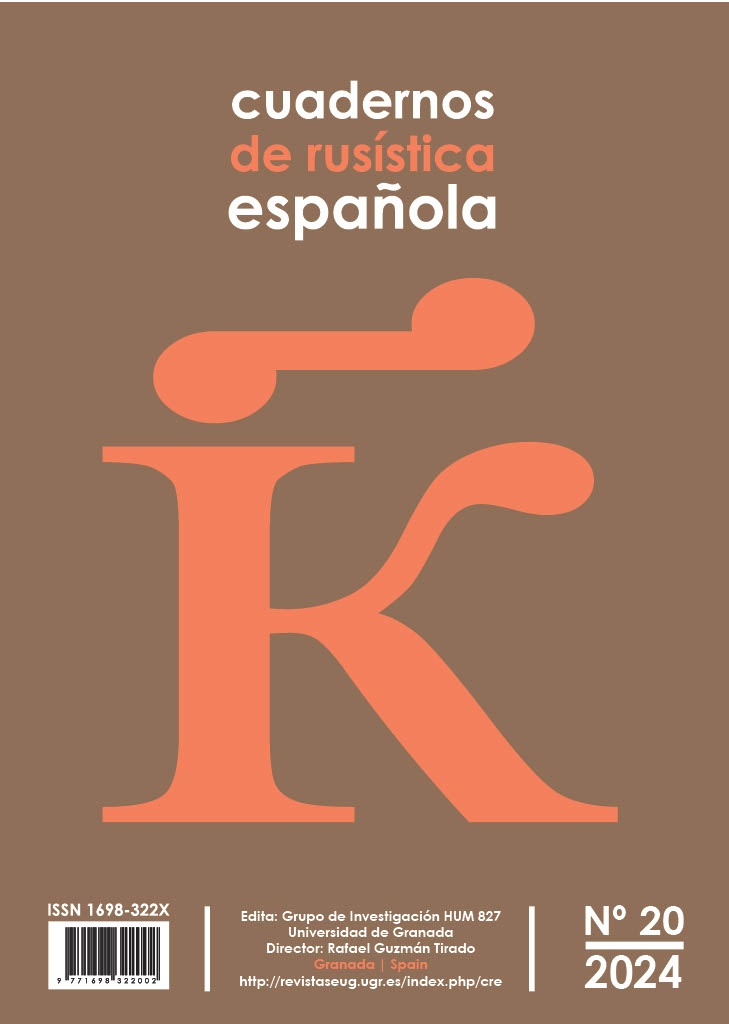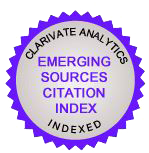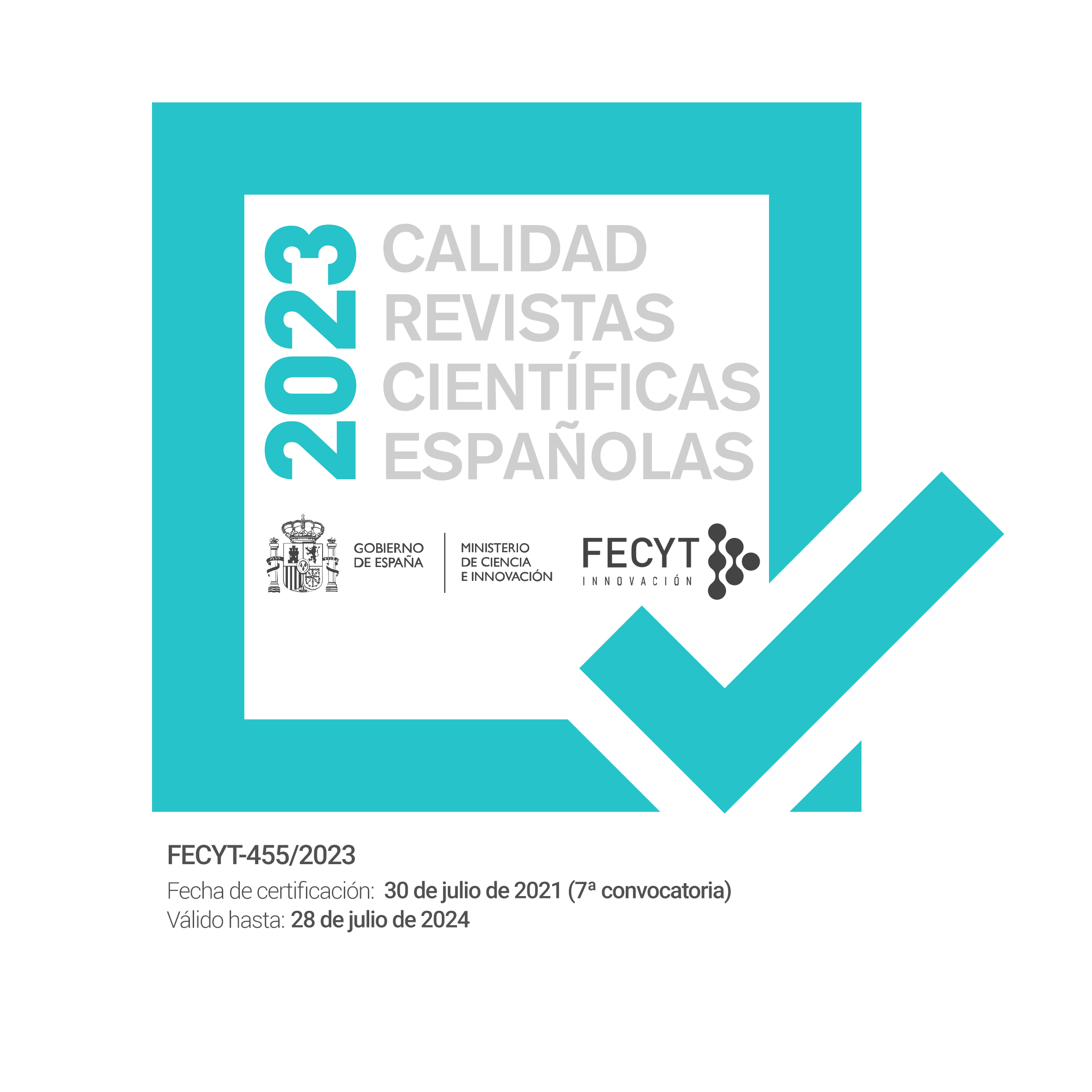Comparative Analysis of Public Perception of Feminine Forms Denoting Professions in Russia and Spain
DOI:
https://doi.org/10.30827/cre.v20.30205Palabras clave:
Russian, feminine gender-specific job titles, society, Spanish, comparative analysis, word formationResumen
The article is dedicated to a comparative analysis of the perception and use of feminized forms by society in Russia and Spain. The author claims that the process of incorporating this linguistic phenomenon directly depends on the society and culture of each country. While both languages provide tools for modifying existing words or creating new ones, this does not guarantee their effective usage. The study focuses on survey results regarding the use of 20 feminine forms in Russian and 20 words in Spanish, involving 105 Russian-speaking and 105 Spanish-speaking participants. As a result, it is established that the Russian language and the Spanish language possess different mechanisms for the formation of feminine gender-specific job titles. The Russian language has a greater number of morphological resources capable of participating in the word formation of this lexical category compared to Spanish. The most effective methods are affixation, which has a wide range of word-forming suffixes, substantiation, and word compounding. In Spanish, the most productive method is the replacement of masculine endings with feminine endings. Despite the morphological limitations, Spanish society integrates this lexicon more swiftly into official discourse and promotes its usage at the national level through the distribution of special literature in public organizations, which is obligatory. In contrast, in Russia, despite progress in this area, the population remains more conservative, continuing to use masculine forms as gender-neutral.
Descargas
Citas
BARTOLOMÉ, M. B. (2008). Lo femenino en la lengua: sociedad, cambio y resistencia normativa. Estado de la cuestión. Lenguaje y textos, 27, 37-68.
BARTOLOMÉ, M. B. (2011). El lenguaje jurídico no sexista, principio fundamental del lenguaje jurídico modernizado del siglo XXI. Anuario Facultad de Derecho-Universidad de Alcalá, (4), 15-26.
BIRYUKOVA, E. D. (2019). Aktualizirovannye feminitivy v russkom yazyke rubezha XX-XXI vv. i ih stilisticheskie harakteristiki». Izvestiya Voronezhskogo gosudarstvennogo pedagogicheskogo universiteta, (2), 234-237.
BODUEN DE KURTENE, I. A. (1963). Izbrannye trudy po obshemu yazykoznaniyu. Moskva: Izdatelstvo Akademii Nauk SSSR.
BOSQUE, I. (2012). Sexismo lingüístico y visibilidad de la mujer. Boletín de información lingüística de la Real Academia Española, 1-18.
DIDENKO, A. S., SADCHENKO V. T. (2018). Feminitivy v sovremennom russkom yazyke. Sovremennye nauchnye issledovaniya i razrabotki, (12), 205-207.
DINEVA, M. (2007). Osobennosti kategorii roda imen sushestvitelnyh v bolgarskom, russkom, polskom yazykah. Cuadernos De Rusistica Espanola, 3, 98-103. https://doi.org/10.30827/cre.v3i0.1892
FOUCAULT, M. (1969). L'archéologie du savoir. Paris: Gallimard.
FUFAEVA, I. (2020). Kak nazyvayutsya zhenshiny. Feminitivy: istoriya, ustrojstvo, konkurenciya. Moskva: Litres.
GORNUNG, B. V. (1959). O haraktere yazykovoj struktury. Voprosy yazykoznaniya,(1), 43-49.
GUERRERO SALAZAR, S. (2010). El sexismo lingüístico: un tema de actualidad. Uciencia, 3, 32-33.
GUERRERO SALAZAR, S. (2012). Guía para un uso igualitario y no sexista del lenguaje y de la imagen en la Universidad de Jaén. Recuperado de https://www.ujaen.es/servicios/uigualdad/sites/servicio_uigualdad/files/uploads/Guia_lenguaje_no_sexista.pdf
GUERRERO SALAZAR, S. (2022). Guía orientativa para el uso del lenguaje y de la imagen en la Universidad de Málaga. Recuperado de https://www.upm.es/sfs/Rectorado/Gerencia/Igualdad/Lenguaje/manual_lenguaje_admtvo_no_sexista%20Malaga.pdf DOI: https://doi.org/10.24310/mumaedmumaed.89
KATSYUBA, L. B. (2015). Paremii konceptosfery «semya» v sovremennom russkom yazykovom soznanii. Cennosti i interesy sovremennogo obshestva, 1, 184-186.
KOBYAKOV, A. V. (2020). Russkij feminitiv: shirokij vzglyad. Uchenye zapiski Novgorodskogo gosudarstvennogo universiteta, 8 (33), 6.
KRIVOSHEINA, V. A. (2019). Feminitivy v sovremennyh yazykovyh praktikah. Aktualnye problemy novoj i novejshej istorii zarubezhnyh stran, 2, 146-153.
KRONGAUZ, M. A. (2020). Otkuda vzyalis feminitivy i kak oni ustroeny. Gorkij. Recuperado de https://gorky.media/reviews/otkuda-vzyalis-feminitivy-i-kak-oni-ustroeny/
LLEDÓ CUNIL, E. (2006): Las profesiones de la A a la Z. Col. En femenino y en masculino. Madrid: Instituto de la Mujer.
MINISTERIO DE EDUCACIÓN Y CIENCIA. (1995). Orden de 22 de marzo de 1995 por la que se adecúa la denominación de los títulos académicos oficiales a la condición masculina o femenina de quienes los obtengan. Recuperado de https://www.boe.es/diario_boe/txt.php?id=BOE-A-1995-7639
MOROZOVA, I. A. (2011). Sovremennaya zhenshina v zerkale yazyka (na materiale feminizmov kontsa XX-nachala XXI vv.). Zapiski gornogo instituta, 193, 76-78.
NOVITSKA, B. (2006). Feminitivy s suffiksom -k(a) v novoj russkoj leksike. Studiarossicaposnaniensia. Poznan, 33, 73-76.
REAL ACADEMIA ESPAÑOLA. (2019). El masculino genérico. Recuperado de https://www.fundeu.es/lenguaje-inclusivo/masculinogenerico.html
ROMERO, M. C., FUNES, M. S. (2019). Nuevas conceptualizaciones de género en el español de la Argentina: un análisis cognitivo-prototípico. Rasal Lingüística, 7-39.
ROZENTAL, D. E. (1997). Spravochnik po pravopisaniyu i stilistike. Komplekt. Sankt – Peterburg.
SANNIKOVA, M. (2023). Rossijskij uchitel – chto my o nem znaem? Infografika. Recuperado en https://mir24.tv/news/16544004/rossiiskii-uchitel-chto-my-o-nem-znaem-infografika
SARLO, B., KALINOWSKI, S. (2019). La lengua en disputa: Un debate sobre el lenguaje inclusivo. Buenos Aires: Ediciones Godot.
Slovar´ gendernyh terminov. Recuperado de http://a-z-gender.net/feminitivy.html
STEPANYANTS, M. T. (1993). Obraz zhenshiny v religioznom soznanii: proshloe, nastoyashee, budushee. Russkij yazyk v polikulturnom mire, 294-302.
STRELNIKOVA, N. D. (2019). K voprosu o feminitivah. Russkij yazyk v polikulturnom mire, 294-302.
ZEMSKAYA, E. A. (2011). Sovremennyj russkij yazyk. Slovoobrazovanie. Moskva: Nauka.
ZHORZH, T. K. (2018). Feminitiv: lingvisticheskij aspekt i problema perevoda. Prepodavatel XXI vek, (4), 356-363.












